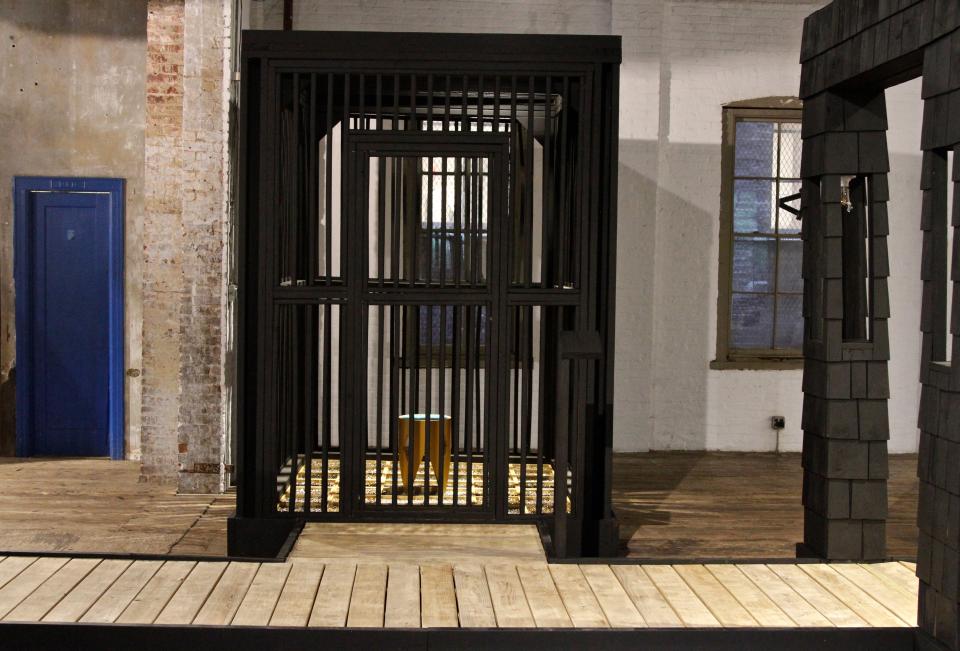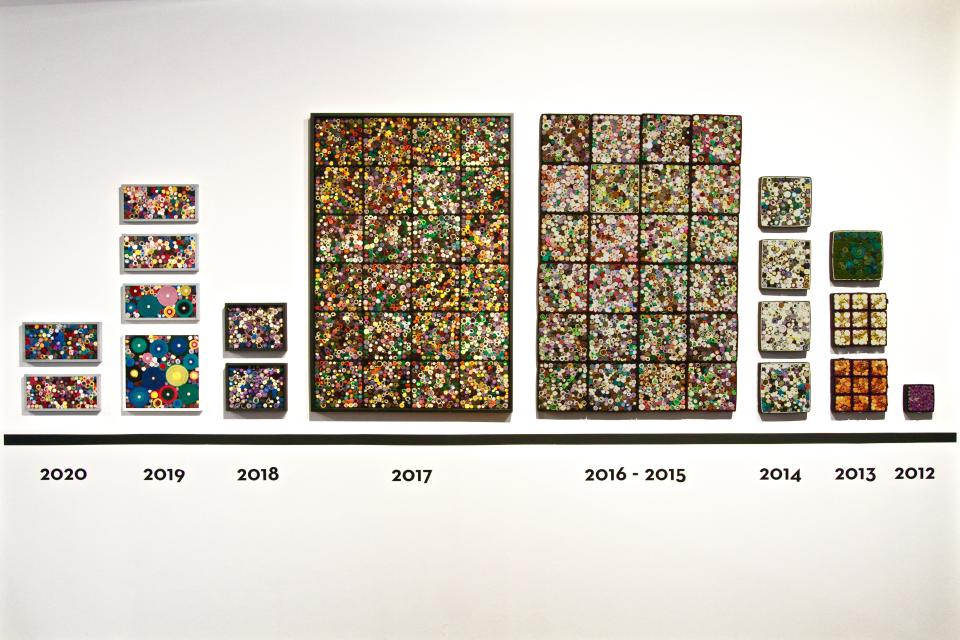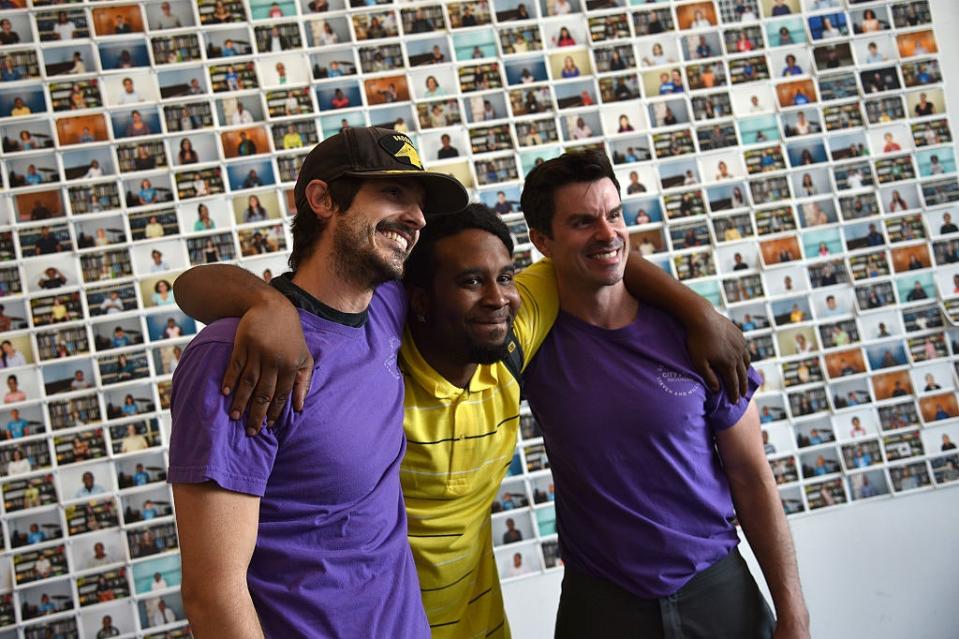A New Exhibition Features the Hopes—and Artwork—of Rikers Island Prisoners
The brothers and artists Steven and William Ladd have been making art together for nearly two decades—elaborately composed sculptural pieces that reflect their tactile and almost DIY approach to creativity. Yet while the Ladd Brothers, as they’ve become known professionally, have clearly cultivated a following for their distinctive aesthetic, the story behind their process is just as vital and compelling.
For nine years, the Ladd Brothers have worked with inmates at correctional facilities—most notably, New York City’s notorious Rikers Island. And the fruits of these partnerships—which have made a marked difference in both the brothers’ and inmates’ lives—are now on display at the Invisible Dog Art Center in Brooklyn’s brownstone-filled Cobble Hill district.

The gallery is currently home to “The Other Side,” an exhibition on display through October 17 that is inspired by the brothers’ experience with the NYC Department of Corrections (DOC) and the creativity and stories resulting from this work. “Our collaboration with the DOC came out of our work with a school in Brooklyn for ‘troubled’ kids back in 2011,” Steven Ladd explains. The experience—complete with ample student fights and in-school metal detectors—awakened the brothers to the complex structural challenges facing the kids and the stark reality of the school-to-prison pipeline.
“It was heartbreaking,” remembers Ladd, literally in tears. “We saw how hard it is for stigmatized people to be treated with respect.” Indeed, respect and tolerance anchored the brothers’ relationship with their inmate collaborators at every step of the artistic process. New inmates the Ladds recruited, for instance, were given packets filled with necessary art materials along with a questionnaire to better understand their feelings around imprisonment.

“What one word describes incarceration for you,” the brothers asked each inmate. The responses were both heartbreaking and illuminating. “Victory,” began one inmate, “when everything that you think matters is taken from you, you realize it never mattered.” Another inmate said “Pain, because pain is what I caused my family by coming here.” And yet another described his imprisonment as a “blessing…nothing is what it seems, people look at the negative, but it could have been God saving your life.”
The Ladds recruited from throughout the prisons they entered—men, women, young folks, and older folks all had something to offer. And while many inmates reached the Ladds via prison staffers and facilitators, “some came to us by word of mouth; they wanted to be part of this process once they realized that everyone had something to give.”
The process itself was fairly straightforward: The inmates worked with materials provided by the Ladds to create the often scroll-like pieces that form part of the final work. Those final works were then completed by the Ladds and installed at the gallery. Although the individual inmates remain little known, their contributions clearly reflect their experiences—most dramatically in the exhibition’s timeline, which features the inmate contributions. There are also exhibition components evoking a jail cell, a metal detector, and a surveillance booth.
Since jails only house inmates for up to one year, “we had a pretty transient population working with us,” Ladd says. The brothers had also hoped inmates might encourage family or friends to visit the exhibition now on display, “but most said it would be too painful to have loved ones visit,” he continued.
Although “The Other Side” will only be mounted for a few weeks, the Ladds are simultaneously involved in longer-lasting works that still reflect their community-focused approach to art making. In Washington, D.C., the brothers worked with some 700 locals to create Yesterday, Today, and Tomorrow—a 20-foot-long scroll-based work at REACH, which is part of the recently expanded Kennedy Center campus.

City Point Unveils Monumental Mural By Ladd Brothers
The brothers are also part of the U.S. State Department’s Art in Embassies program and are currently completing a piece for the American embassy in Asuncion, Paraguay. Ladd says he had hoped to travel to South America as part of this process, but that trip—much like the hopes and dreams of his many inmate collaborators—remains an uncertainty.
Originally Appeared on Architectural Digest


